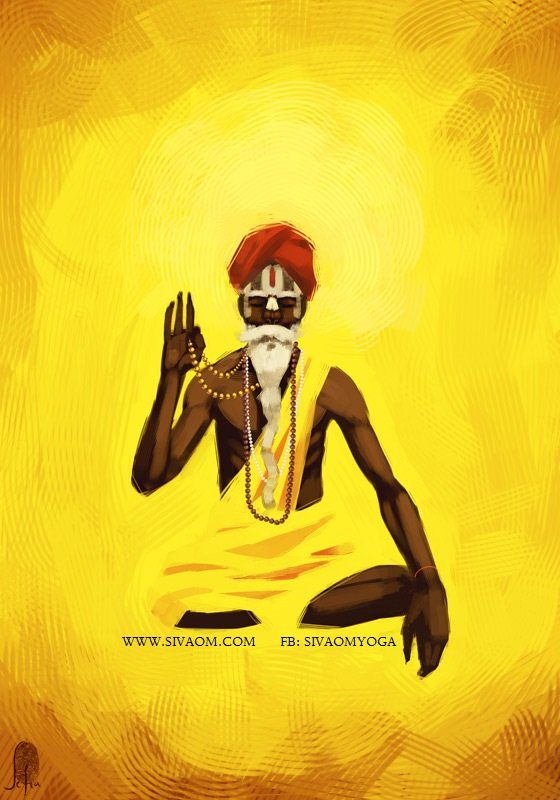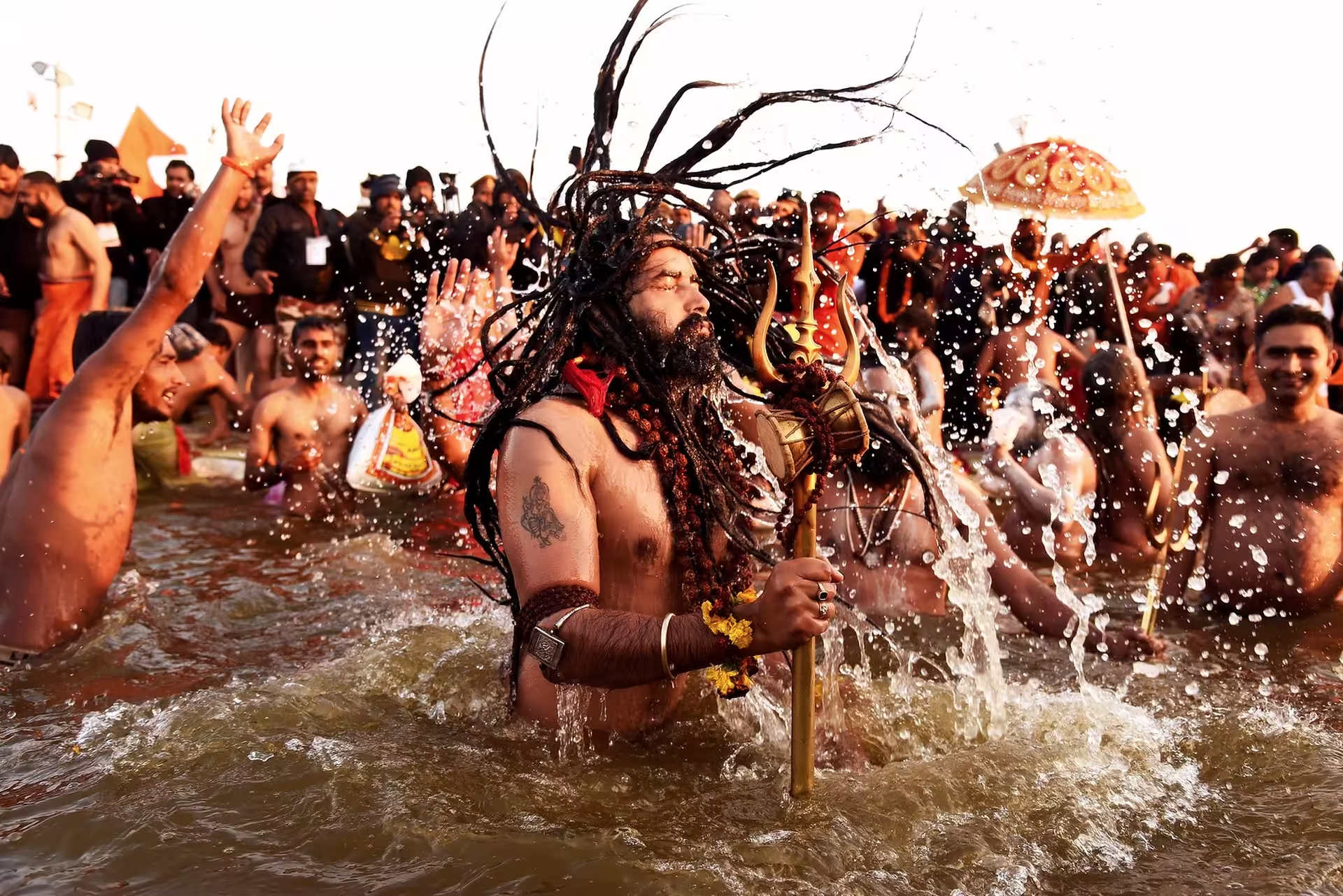
The Vedas are a large body of knowledge texts originating in ancient India. Composed in Vedic Sanskrit, the texts constitute the oldest layer of Sanskrit literature and the oldest scriptures of Hinduism. Hindus consider the Vedas to be apauruṣeya, which means “not of a man, superhuman” and “impersonal, author less”. In the Hindu Epic the Mahabharata, the creation of Vedas is credited to Brahma. The Vedic hymns themselves assert that they were skilfully created by Rishis (sages), after inspired creativity, just as a carpenter builds a chariot.
The Vedas are eternal and vibrate eternally in the higher realms of the world of Brahman. They manifest at the beginning of every cycle of creation for the welfare of the world. The Vedas help humans to know their essential nature, and return from their embodied, limited state as bound souls (jivas) to their eternal state as liberated souls. They also help humans to invoke the power of gods to deal with the problems of the mortal world, death and disease. Hence, they are considered invaluable for the material and spiritual wellbeing of the world.
The word Veda is derived from the root word, “vid” meaning to know. Thus, Veda means knowledge. The Vedic texts are rather large and contain thousands of hymns. Hinduism is about leading a balanced life and aiming for the four chief aims of human life, namely meeting religious obligations, earning wealth, seeking pleasure, and achieving liberation. The Vedas help people to realise the four goals. In the first half of their lives, they can pursue material goals, serving the gods above and family and community in the mortal world below, and in the second half, they can pursue spiritual goals, lead contemplative and austere lives and ascend to the highest heaven.
The four Vedas are Rigveda, Yajurveda, Samaveda and Atharvaveda. Some scholars tend to include the two epics, Ramayana and Mahabharata also under the Vedas as the historical Vedas (Itihasa Vedas). However, the common definition of Vedas does not include them. Each Veda has been subclassified into four major text types – the Samhitas (mantras and benedictions), the Aranyakas (text on rituals, ceremonies, sacrifices and symbolic-sacrifices), the Brahmanas (commentaries on rituals, ceremonies and sacrifices), and the Upanishads (texts discussing meditation, philosophy and spiritual knowledge). Some scholars add a fifth category – the Upasanas (worship)!
HAR HAR MAHADEV
OM NAMAH SHIVAY




